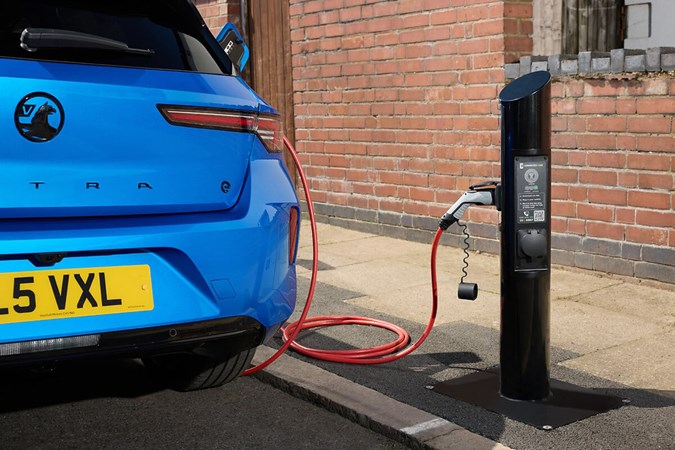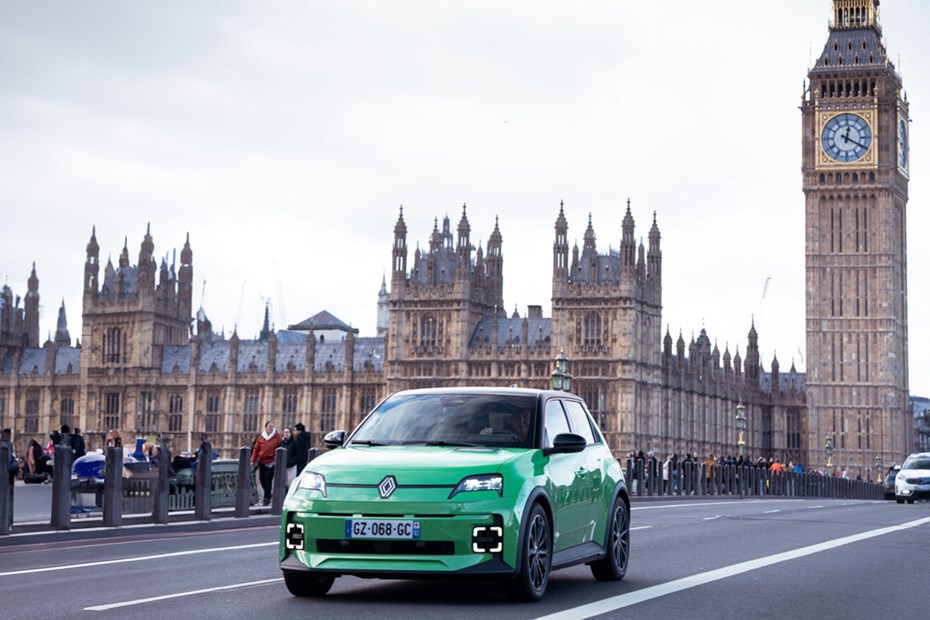Electric car drivers, as well as those thinking about switching, have reason to take notice of the Spending Review 2025. In a key move, the Chancellor has pledged £1.4 billion to support the rollout and uptake of electric vehicles. It’s part of a broader £2.6 billion commitment to green transport and net-zero initiatives in cities.
This latest spending review is focused on creating the conditions that make switching to electric easier and more appealing, particularly through better public charging and greater uptake of EVs in fleets. Since scrapping the Plug-in Car Grant and indecisiveness over the ban on new petrol and diesel car sales, the UK government has faced criticism for losing momentum in the transition to electric vehicles. The Spending Review 2025 looks to steady the ship.
The £1.4 billion package is aimed at accelerating uptake of electric vans, HGVs and fleet vehicles. These sectors are seen as pivotal to reducing transport emissions. It’s accompanied by £400 million to expand and improve public EV charging infrastructure, targeting areas where availability is currently limited or unreliable.
So, what are the actual incentives? The funding will be channelled through local authorities, fleet operators and infrastructure providers. That means more support for organisations to buy electric vans and lorries, and money available for councils to install kerbside and rapid chargers. For you, it translates into better infrastructure, wider choice on the used market, and faster normalisation of EVs as fleet and business usage grows.
The government also confirmed £15.6 billion in funding for local transport authorities through City Region Sustainable Transport Settlements, much of which is expected to support low-carbon travel options and clean air objectives.
Mike Hawes, Chief Executive of the Society of Motor Manufacturers and Traders (SMMT), summed it up by saying: ‘Sustained investment is essential to drive EV adoption and build a robust, reliable charging network. This funding is a positive step, but further support is needed to deliver a fully inclusive electric vehicle transition.’

What this means for you
The key takeaway from the Spending Review 2025 is that public charging is set to improve. While £400 million is a drop in the ocean, it should at least result in a more consistent and widespread charging network, particularly helpful if you rely on on-street or destination charging.
Fleet electrification is an indirect win. As companies shift their vans and cars to electric power, this increases the number of used EVs entering the market, which helps improve affordability and choice for secondhand buyers.
It’s also a confidence signal. The UK’s charging network, long seen as a weak point, is finally being prioritised. That could make the ownership experience smoother and reduce anxiety around long trips and rural access.
Editor’s view: It’s a small start, but we need more
This isn’t a gamechanging giveaway for private car buyers. There’s still no reinstatement of EV grants or tax incentives, but at least the Spending Review 2025 does offer a renewed sense of direction.
This announcement is a start, not a full solution. But the signs are encouraging: more chargers, stronger fleet support, and better infrastructure are all on the way. If you’ve been hesitating about switching to electric, this is a quiet but meaningful nudge in the right direction.
With EVs continuing to evolve and the charging network improving, 2025 could be the year electric ownership starts to become more mainstream, and for you, that means more choice, better tech, and fewer compromises when heading out on longer journeys.
Keith Adams – Parkers Editor
For all the latest advice, news and finance deals, sign up to the Parkers newsletter here.
Just so you know, we may receive a commission or other compensation from the links on this website - read why you should trust us.






